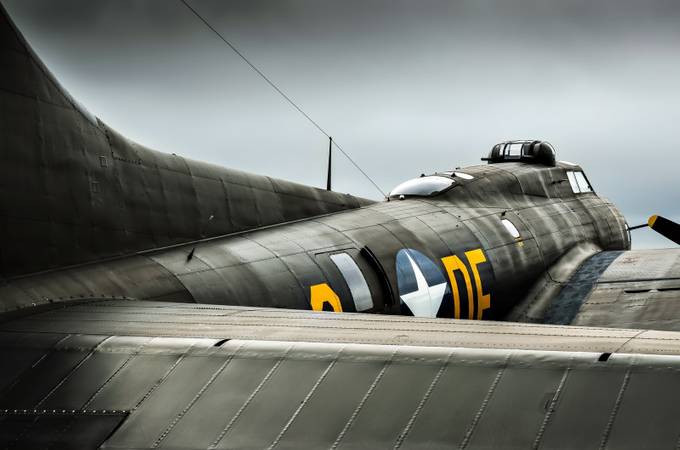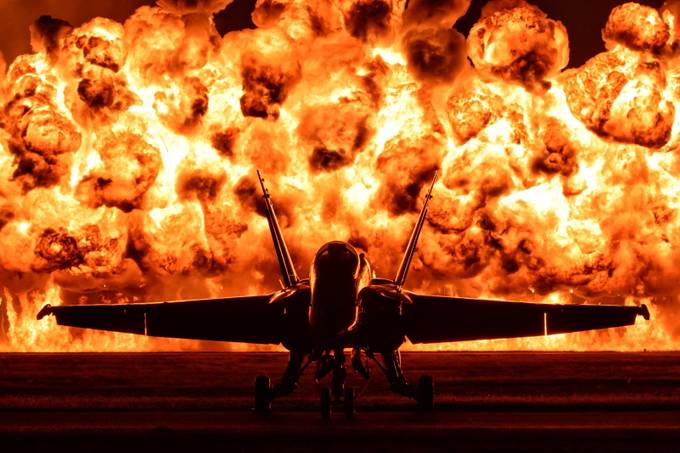In 1903 the Wright brothers flew the world’s first successful airplane. Fast forward to today, more than 100 years later, and we are used to look up and see an airplane in the sky or wake up by the sound of the distant sound of an aircraft! Our community member Christopher Buff (chrisbuff) has a big interest in aviation, a fascination that has been evolving since he was a kid. With over 25 years of experience in aviation photography he is somewhat of an expert and we wanted him to share his best tips with us! Here’s Christopher’s Top 7 Fine Art Aviation Tips!
1. Reflection
Airplanes, especially highly polished, bare metal types, can offer a wide variety of surfaces, shapes and textures to capture. Rivets, hinges, window frames, wings, tails, propellers and countless other details are there to see. Look for areas where one part of the aircraft is reflected on other parts, or where a line of rivets creates an interesting leading line.
2. Work With The Rain
Don't put the camera away when it is raining. The reflection of an aircraft in a large puddle can be beautiful. Raindrops on propellers, dripping off the edge of a wing or covering the cockpit canopy can offer great photo opportunities.
3. You Want The Details
Move in close, then closer still. This may seem counter-intuitive with a large aircraft, but some of the most interesting aviation photos are ones where you are studying a specific detail of the aircraft.
4. Move Around
In addition, to moving in close, just move! You should be on your stomach, then holding your camera high over your head, move in close and then back away, Shift left then right. Try switching to a long zoom or fixed focal length lens and enjoy the change of perspective it offers when you zoom in tight on the subject.
5. Be First And Last
If you intend to capture fine-art photos at an airshow, prepare to arrive very early and stay late in order to avoid having people surrounding the aircraft. In addition, this can make it possible to capture wonderful sunrise and sunset images.
6. Always RAW
Shoot RAW. The additional exposure latitude is very valuable when you are trying to capture a detail inside of a dark engine cowling, but also want to avoid blowing out the white of the clouds just above it.
7. Use Your Eyes
Make sure to actually look at the aircraft with your eyes! In other words, don't spend all of your time looking through the viewfinder of your camera. You will miss much by doing so. Make sure to take the time to appreciate an airplane for what it is. Sometimes it is rare, at other times it might have great historical importance. Some are beautiful and others are ugly. But all airplanes are an amazing tribute to the magic of flight.
8. Bonus Tip
Pay attention to the other details around the aircraft. Nothing is more frustrating than getting home and finding out that your "perfect' photo has a porta-potty in the background, or a telephone pole seems to be sticking out the top of the canopy!
For more beautiful aviation work by Christopher, visit his profile and website and follow him on Google Plus and his Facebook Page.










